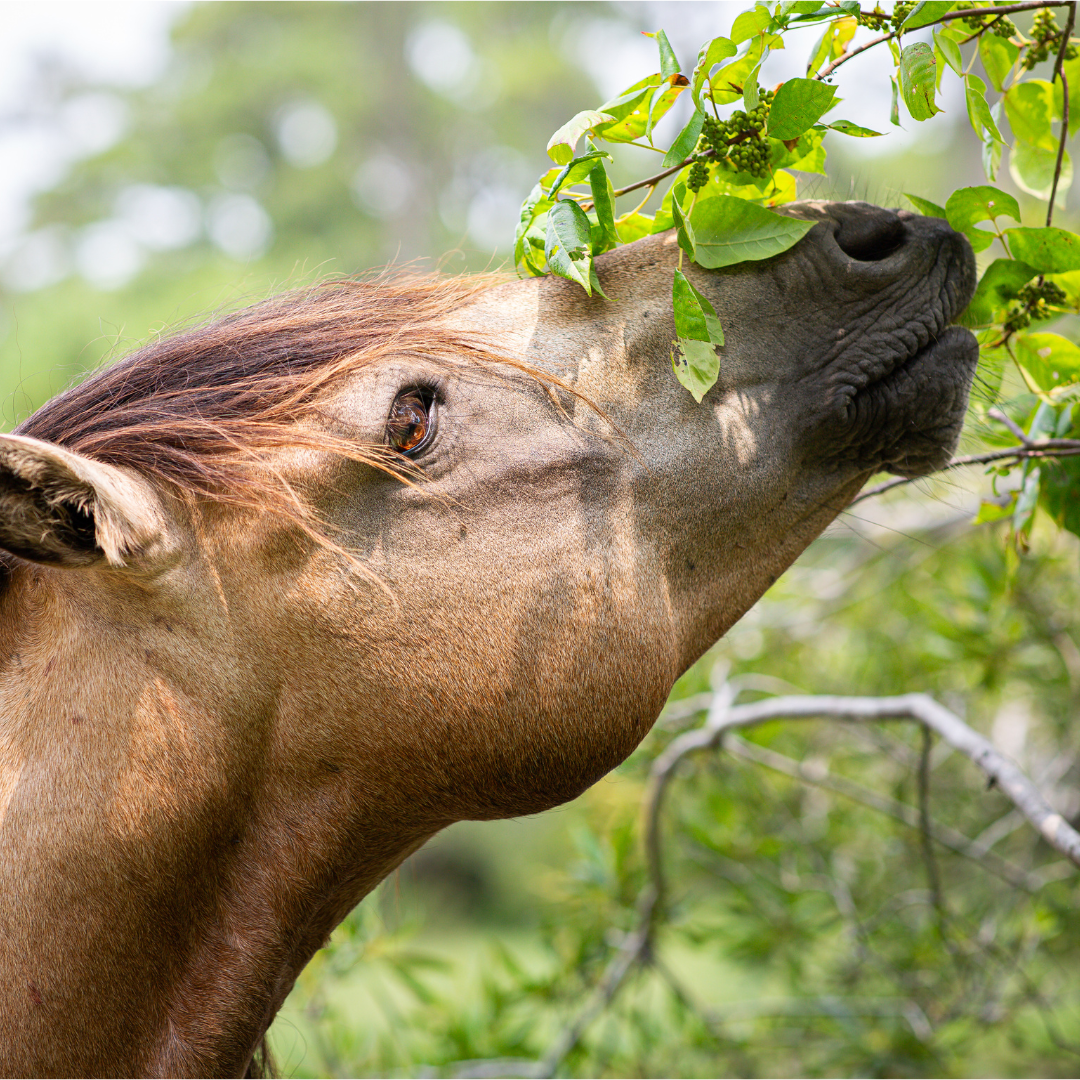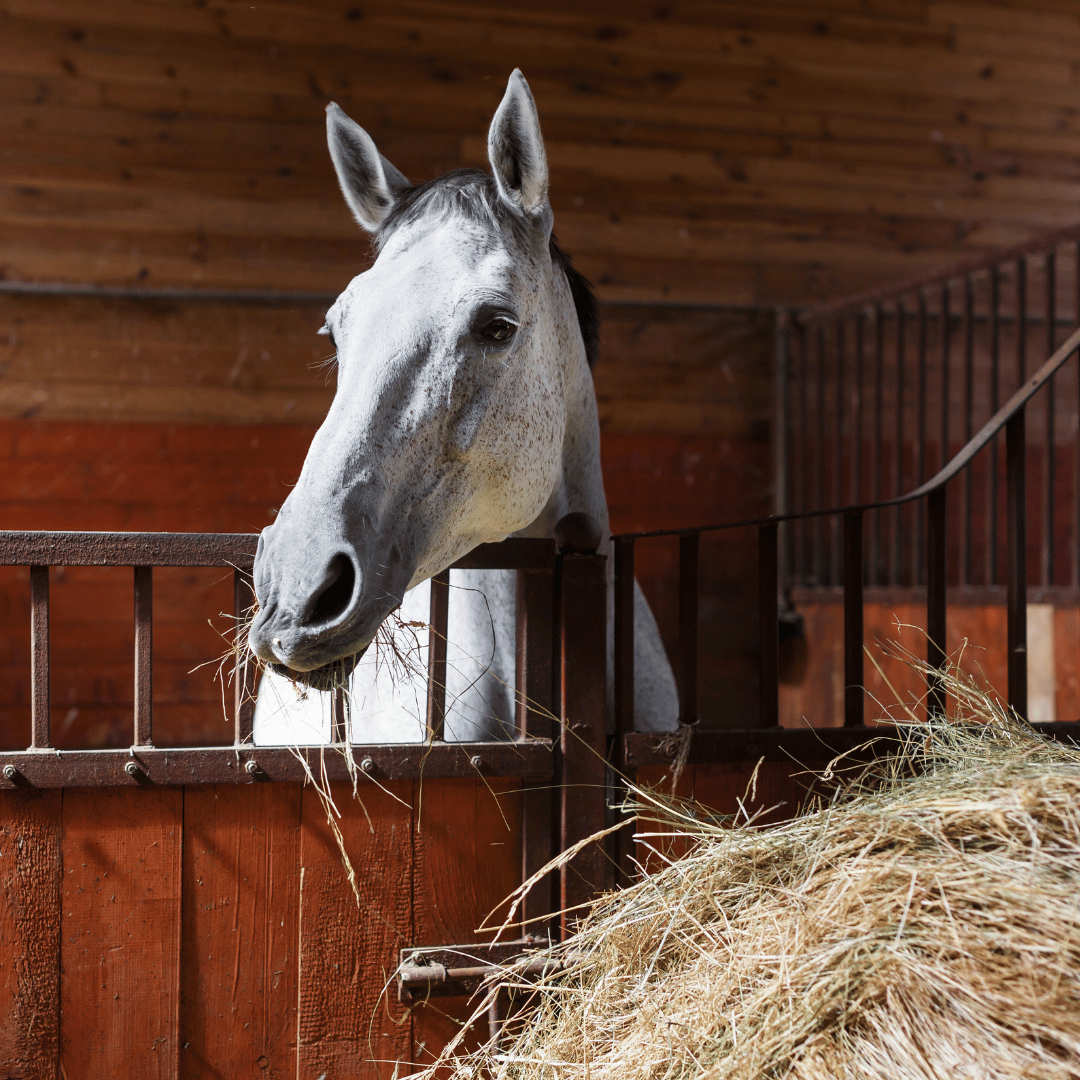Top Joint Supplements for Horses - ingredients to look out for and why
Your equine answers on ingredients to look for in the best joint supplement for horses and the role management and diet also have to play in maintaining optimal joint health, comfort and mobility.
Equine Joint Health - why it matters
You will find many articles on the importance of Omega 3's in relation to horse joint health as well as studies on the impact of Omega 3's on inflammation and osteoarthritis. But not all Omega 3's are created equal! The specific Omega 3's relevant to those studies are DHA and EPA. Linseed (a common source of Omega 3's used for horses) contains another form of Omega 3's called ALA and the body's ability to convert this to DHA is very poor.
Only the top joint supplements for horses will contain DHA because it is one of the most expensive ingredients in the formulation! Make sure you check which form of Omega 3's are included to ensure your horse is getting the best joint support and dont be fooled by claims on joint health with supplements containing only linseed as their form of Omega 3's.
A joint supplement like Equell Ultraflex is particularly useful for performance horses who are working hard and for older horses with stiff joints. As horses age, their joints undergo natural wear and tear that can lead to stiffness, reduced mobility, and discomfort — especially in hardworking or previously athletic horses. Nutrition can play a vital role in supporting the health and comfort of older equines, helping them remain active and enjoying life well into their senior years.
Best Ingredients to look for in Joint Supplements:
Cartilage, the smooth tissue that cushions joints, begins to break down over time, especially in load-bearing areas like hocks, stifles, and knees. Once cartilage is damaged, it has limited ability to repair itself. Supplements containing ingredients such as glucosamine, chondroitin sulphate, hyaluronic acid, and MSM can help support cartilage health and joint lubrication, as well as aiding the body’s natural inflammatory response. These compounds work synergistically to support existing cartilage, aid joint function, and optimise comfort during movement.
Other ingredients to look for include antioxidant support - natural vitamin e for horses, grapeseed extract, rosehips and vitamin c for example are all rich in antioxidants and support the horse’s oxidative stress response in training and recovery.
Lysine is a very useful ingredient, important in supporting the production of collagen and aiding calcium absorption - vital for bone density and overall joint health.
Ingredients like ginger, spirulina and rosehips can also support the horse’s natural inflammatory response and are very useful in aiding recovery from training or just supporting general joint discomfort.
Joint supplements for older horses
For older horses who may not be in full work but still enjoy turnout, light hacking, or the occasional competition, joint health is key to maintaining quality of life. Signs of joint discomfort in older horses might include stiffness when coming out of the stable, reluctance to pick up a canter lead, or shortened stride. Incorporating a joint supplement into their daily routine can help manage these symptoms and support long-term joint resilience.
It’s also important to consider preventative care. Even if an older horse isn’t yet showing signs of stiffness, a well-formulated joint supplement can act as a proactive measure — helping to delay or reduce the severity of joint degeneration over time.
In short, equine joint supplements can offer valuable support for ageing horses by easing discomfort, preserving mobility, and extending their ability to enjoy an active lifestyle. With the right nutritional support, older horses can continue to move freely and comfortably, living their golden years to the fullest.
Tips for Maintaining Joint Health
In addition to nutrition there are several effective ways to support and maintain horse joint health — especially as they age or if they are in regular work. A holistic approach that combines good management, appropriate exercise, and thoughtful care can make a big difference in preserving long-term mobility and comfort.
1. Maintain a healthy weight: Excess body weight puts unnecessary strain on the joints, particularly in the lower limbs. Keeping your horse at an optimal weight reduces pressure on the joints and helps prevent the onset or worsening of conditions like arthritis.
2. Regular, appropriate exercise: Movement is essential for joint health. Gentle, consistent exercise helps keep joints mobile, stimulates synovial fluid production (the natural lubricant inside joints), and maintains muscle tone. Long periods of box rest or inactivity can lead to stiffness and reduced joint flexibility, especially in older horses.
3. Balanced nutrition: A forage-first diet that meets your horse’s energy and micronutrient needs is vital. Deficiencies in vitamins and minerals — particularly copper, zinc, and manganese — can impact joint development and repair. Feeding for optimal digestion and hindgut health can also positively influence joint health.
4. Manage hard ground and surfaces: Working on overly hard or uneven surfaces can increase the risk of concussion and strain. Where possible, vary the terrain your horse works on and avoid repetitive training on unforgiving ground.
5. Regular farriery and hoof balance: Poor hoof balance can place uneven stress on joints and soft tissue. Regular trimming and / or shoeing by a qualified farrier ensures proper HPA alignment and support, helps to avoid NPA in horses and reduces unnecessary strain on the limbs and compensatory issues in the body as a result.
6. Veterinary and physiotherapy care: Routine check-ups, assessments, and occasional bodywork (massage, physio, or chiropractic) can help detect and address minor issues before they become more serious.
Supporting joint health is a long-term commitment — but it pays off in a sounder, happier horse.




